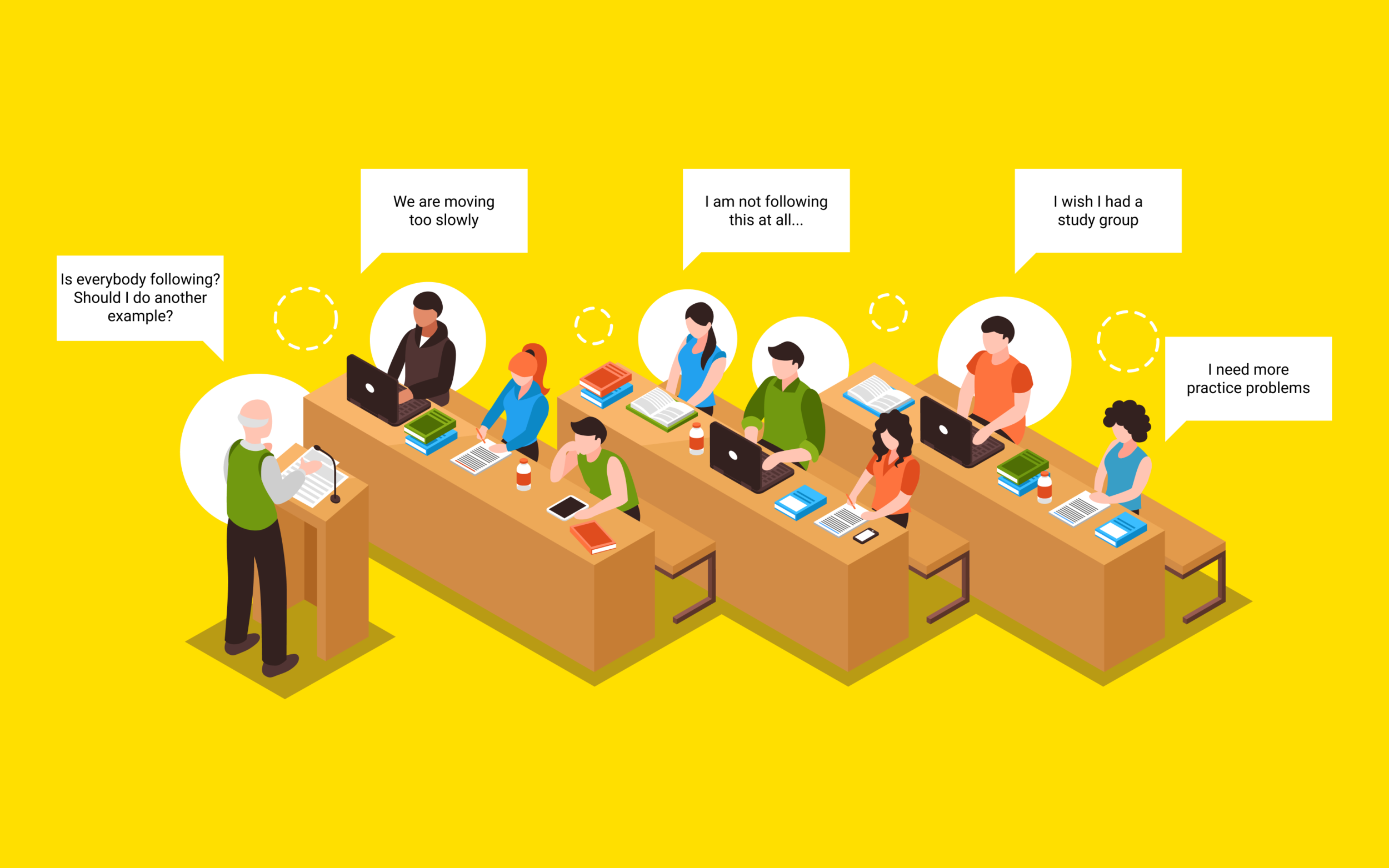An Education platform that enables every student to receive instruction that is as effective as one-on-one tutoring
Mind Elf
Overview
MindElf is an education technology solution that helps Calculus instructors get the best possible learning outcomes for their students by enabling every student to receive instruction that is as effective as one-on-one tutoring.
Kickstarted at Startup Weekend Seattle EDU, our project emerged as the startup winner and was then entered into the UW investment round. Although we halted the tool's development, this venture was instrumental in focusing on machine learning and harnessing gamification strategies to engage students. It highlighted the importance of employing gamification to facilitate mastery in Calculus, a principle that has significantly influenced my approach to product design by demonstrating how engagement can be leveraged to achieve deep learning.
Sector
Education
Project Time
This was a seven-month-long project that kicked off during Startup Weekend EDU Seattle (SWEDU) in September 2017 until the investor round of Business Plan Competitions (BCP) in April 2017.
I expressed interest to join the team in November 2017.
My Role and Contributions
This was a six-people team; 2 Engineers, 2 Business Development, a Product Owner, and UX. I owned the UX initiatives including some contributions in branding.
Tasks
To develop an education platform that helps Calculus instructors get the possible outcome from their students.
To create prototypes that enable the team to convey these to potential users such as students and teachers, investors, and other stakeholders.
What is the background of the problem?
Calculus is a required course for all STEM majors. Out of 700k students who take Calculus 1 annually, 30% fail the subject.
Presently, there is a rapid increase in demand for STEM workers with a secondary degree; making the Calculus problem more acute.
Insights from the MAA National Study of College Calculus

How might we solve this acute problem?
Its software operates following these principles:
Data-driven
Collect data on student’s strengths and weaknesses during the lecture, practice problems, homework problems, and quiz, to create a dynamic picture of their knowledge profile.
Adaptable
Offers alternative explanations of the lecture material in video and written form, offers each student a set of practice problems tailored to their needs and matches students with study partners and tutors.
Integrated
Available on any web, mobile, and tablet devices, empowering students to study at home and on the go.
What do we need to accomplish?
We are moving in fast-pace throughout the development of this education platform. The six of us work closely to develop the product roadmap, business model, branding, and the platform simultaneously to meet the deadlines. We also want to ensure that everything is user-centered but mindful of the business development and strategy.
Pitch for Student Group from Boston
February 2018
The first version of the student App prototypes
Business Proposal Competition
March 2018
The second version of the student App prototypes
Website
Investor Round
April 2018
Improvements on the second version of the student App prototypes
Improvements on the website
Mock of Mind Elf desktop app
In what way do we achieve this?
Since the deadlines were back to back, we know that we did not want to sacrifice the user experience. Fortunately, there were already preparatory and secondary researches conducted during SWEDU including competitive analysis. Moreover, the team put out a survey and interviewed instructors and students. We used these as the bases of the ideation process and decided to do rapid prototyping.
What is rapid prototyping?
According to an article written in Invision App, rapid prototyping is a design workflow that consists of ideation, prototyping, and testing. It was very useful in validating ideas.
We took each target milestone an opportunity to discover and validate ideas. For instance, when we deliver the pitch with the student group from Boston, students provided some feedback regarding the business model and the first version of the prototypes. The feedback was used to iterate the updated versions of the prototypes.
What other considerations were made throughout the exploration?
We wanted to align the UX goals with technology and business goals. From an operational and design standpoint, we strongly believed that knowing the functional specifications and business targets were crucial. Thus, we considered three main aspects of developing this platform —
Business
What is viable in the marketplace?
Technology
What is possible with technology?
User Experience
What is desirable to users?
What tools were used in rapid prototyping?
For the production of the prototypes of this project, we used Figma in the design implementation.
The prototype (sans user story and design interaction) before presenting the pitch
The prototype presented during investor round
How does the student’s mobile application empower the instructor?
Students provide the data using the mobile application. These data include classroom interaction, practice problems, questions, and the like.
As the students input the data, the web application provides instructors with descriptive and predictive analysis as well as recommendations regarding the students’ performance and needs.
How does the instructor’s web application capture each student’s problem?
Mind Elf
Enabling every student to receive instruction that is as effective as one-on-one tutoring
Any afterthought?
It was worth noting that the prototype was well-received by the judges during the investor round. It was very helpful as the team tried to articulate our ideas by allowing the listener to envision the experiences visually through the interactive prototype.
Reflections
In this project, I learned the importance of rapid prototyping as a design workflow, especially for an early startup. Some of the benefits include quick turnaround time and cost-effectiveness.
I also learned that working closely with the product and development team yields a holistic product approach.
What I could have done better?
If I could do it again, I would love to create a journey map and a service blueprint to see the overall interaction.
I would have explored different personas than a generic approach to the key users.







